How to increase your website sales
Converting website visitors into paying customers is crucial for sustained growth. But how do you turn traffic into revenue? By implementing effective strategies that align with your audience’s needs.
In this article, we’ll explore how to increase website sales. We look at the priority areas and share actionable tactics.
From optimizing user experience to useful analytics, these tips will help you drive conversions. And could boost your bottom line!
Why website sales matter more than ever
Website sales are the lifeline of any business that operates online. High traffic numbers are meaningless if they don’t translate into revenue.
Studies show that the average e-commerce conversion rate is around 2.5-3%. This means there is always room for improvement. Even small changes can result in substantial financial gains.
Increasing website sales is not just about boosting revenue. It’s also about maximizing the return on investment (ROI) from your marketing efforts. By optimizing your website to convert more visitors, you can lower your customer acquisition costs. And improve your profitability.
Finally, a higher conversion rate often leads to better customer retention and lifetime value (CLV).
Strategies to increase website sales
1. Optimize your website for User Experience (UX)
User experience (UX) is a critical factor for all online shoppers. Website users expect fast, intuitive, and enjoyable online experiences. A poor UX design can frustrate visitors. This can lead them to abandon your site without making a purchase.
Websites that offer a user-friendly experience are more likely to convert visitors into customers. And retain them for future visits.
Why does it work?
The faster and more intuitive your website, the more likely users are to stay engaged.
If a website takes longer than 3 seconds to load, about 40% of visitors will abandon it.
User experience plays a major role in whether visitors stay on your site or bounce away.
To enhance UX:
- Simplify the navigation. Make sure your website is easy to navigate. Use clear menus and a logical structure.
- Improve page load speed. According to Google, a one-second delay in load time can reduce conversions by 7%.
- Use a responsive design. Optimize your site for mobile users. Over 50% of web traffic comes from mobile devices.
Example: A clothing retailer improved their website’s load time by three seconds. They saw a 20% increase in conversions.
2. Create compelling product pages
A product page is often the final touchpoint in a customer’s buying decision. Visitors who land on these pages are either ready to or considering a purchase. The way you present your product can impact their willingness to buy.
A lack of detailed information, low-quality images, or unclear calls to action (CTAs) can deter customers. Even if they initially show interest in the product.
Why does it work?
Product pages need to provide the benefits that the customer will gain. Not just highlight the product’s features.
Your product pages are the final step in the buyer’s journey.
Improve your product page:
- Use high-quality images. Include multiple angles and zoom options. This will help customers visualize your product.
- Write detailed descriptions. Highlight the benefits of your products, not just the features to demonstrate it’s value.
- Include social proof. Display customer reviews and ratings to improve credibility.
- Add clear Calls-to-Action (CTAs). Use actionable phrases like “Buy Now” or “Add to Cart”. Make sure your CTA is highly visible so your visitors know exactly what to do next.
Fun fact: websites that use high-quality product images see 58% more conversions compared to those that don’t.
Want more help? Check out our guide How to optimize images for your website.
3.Leverage personalization
Personalization means tailoring the user experience to a specific individual. It considers their preferences, behavior, and interactions.
With tools like Google Analytics, you can gather information about a user. Including browsing habits, past purchases, and even their geographic location. This information allows you to provide tailored experiences that feel more relevant and engaging.
Why does it work?
Personalization has been proven to increase sales.
For example, Amazon’s recommendation engine is a major driver of its sales. When customers see personalized suggestions based on their browsing history, they are more likely to make a purchase.
Personalization makes customers feel understood. This fosters loyalty and encourages return visits.
Types of personalization:
- Dynamic content. Show personalized product recommendations based on browsing history. Use ConversionWax to help you with this.
- Email marketing. Send personalized follow-up emails to re-engage visitors who abandoned their carts.
- Segmentation. Divide your audience into segments. Use demographics, behavior, or purchase history.
Example: An online bookstore increased sales by 25% by introducing personalized book recommendations.
4. Simplify the checkout process
The checkout process is a pivotal moment in the buyer’s journey. Potential customers can easily abandon their carts if the process is too complex.
Cart abandonment rates are typically high due to friction points in the checkout process.
Long forms and complex payment options can discourage users from completing their purchases.
Why does it work?
A streamlined checkout process reduces friction. And makes it easier for users to follow through with a purchase. Help your users feel confident by:
- Enabling guest checkout. Don’t force users to create an account.
- Reducing form fields. Only ask for essential information and remove unnecessary steps.
- Offering multiple payment options. Include popular methods like credit cards, PayPal, and Apple Pay. This will help first-time customers feel secure.
- Adding a progress indicator. Let users know how many steps are left to complete their purchase. This can stop users feeling overwhelmed.
Example: A leading electronics retailer simplified their checkout process. They reduced cart abandonment by 15% in just one month.
5. Use social proof
When online shopping, users often seek reassurance before making a purchase. Especially if they’re not familiar with a brand. Social proof includes customer reviews, ratings, and testimonials. It acts as a trust signal that can push hesitant buyers to complete their purchase.
Why does it work?
Social proof shows customers that others have had a positive experience with your product or service. Which builds trust and credibility.
To leverage social proof:
- Showcase customer reviews. Highlight positive testimonials on product pages.
- Display trust badges. Include icons for secure payments and SSL certificates.
- Use User-Generated Content. Feature photos or videos from customers using your products.
Fun fact: Adding reviews to product pages can increase conversions by up to 270%.
6. Implement retargeting campaigns
Retargeting involves displaying ads to users who have previously visited your website but didn’t complete a purchase. It keeps your brand at the forefront of a user’s mind and reminds them of the products they were interested in. Which often encourages them to return to finalize their purchase.
Why does it work?
The average consumer needs to be exposed to a product multiple times before they commit to purchasing it. Retargeting ads remind users about your products. You can also offer them discounts or incentives to encourage them to come back.
By displaying products they’ve previously viewed or related items, you can re-engage people who are still considering.
Try using:
- Dynamic ads. Show users the exact products they viewed.
- Time-sensitive offers. Include limited-time discounts to create urgency.
- Cross-selling. Suggest complementary products based on browsing behavior.
Example: A beauty brand increased sales by 30%. They used a retargeting campaign that featured personalized product ads.
7. Offer discounts and promotions
Discounts, promotions, and special offers motivate customers to make a purchase. People love feeling like they’re getting a good deal. Offering discounts can push hesitant buyers to take action.
Sales, coupons, and limited-time offers can create urgency and a fear of missing out. Which leads customers to make quicker decisions.
Why does it work?
Discounts and promotions give customers an incentive to complete their purchase now rather than later.
Popular strategies include:
- Limited-Time Offers: Create urgency with flash sales. You can also offer welcome deals for a limited time period.
- Free Shipping: Offer free shipping for orders over a certain amount. This is effective because it removes an additional perceived cost.
- Bundle Deals: Encourage larger purchases by bundling complementary products.
Fun fact: Free shipping incentives can increase conversion rates by up to 90%.
8. Focus on content marketing
Content marketing involves creating valuable, informative, and engaging content. It’s aim is to attract, educate, and retain customers. This strategy is effective because it helps build trust with your audience over time.
Content marketing can take various forms. It helps to address customer pain points, solve problems, and provide insights related to your products or services.
Why does it work?
Content marketing positions your brand as an expert and resource in your field. Which makes customers more likely to trust you and buy from you.
For example, a fitness company might publish workout tips or diet advice that attract and engage users.
Content marketing nurtures leads and keeps your audience coming back. Increasing the likelihood of future sales.
Effective content marketing strategies:
- Blog posts. Write informative articles that address customer pain points.
- How-to videos. Demonstrate how to use your products.
- Email newsletters. Share valuable content along with exclusive offers.
9. Analyze and optimize performance
You need to know which strategies are working and which aren’t. So it’s important to continuously monitor and analyze your website’s performance.
Tools like Google Analytics and Hotjar can provide valuable insights. They track user behavior, conversion rates, and bottlenecks in the sales funnel. Without tracking these metrics, it’s difficult to make informed decisions.
Why does it work?
Using data-driven insights allows you to make better decisions. Helping you optimize your website for better conversions. And enhance the user experience.
By analyzing user behavior, you can identify problem areas. Such as where users drop off or what causes them to abandon their cart. Then you can make changes accordingly.
Continuous improvement is the key to success here.
Use analytics tools to:
- Track key metrics. Monitor conversion rates, bounce rates, and average order value.
- Identify bottlenecks. Pinpoint pages where users drop off.
- A/B test. Experiment with different headlines, CTAs, or layouts to see what performs best.
Fun fact: businesses that use data-driven strategies are 23 times more likely to acquire customers.
Measuring your success
Now you’ll want to measure the effectiveness of your efforts.
Focus on these key performance indicators (KPIs):
- Conversion rate. The percentage of visitors who complete a purchase.
- Average Order Value (AOV). The average amount spent per order.
- Customer Lifetime Value (CLV). The total revenue generated by a customer over their lifetime.
- Cart abandonment rate. The percentage of users who add items to their cart but don’t complete the purchase.
Conclusion
Increasing website sales is an ongoing process. It requires strategic planning, testing, and optimization.
By using our guide on how to increase website sales, you can create a seamless shopping experience. One which drives more conversions and boosts your revenue.
Remember, even small improvements can have a big impact. Start optimizing your website today and unlock its full potential!
-
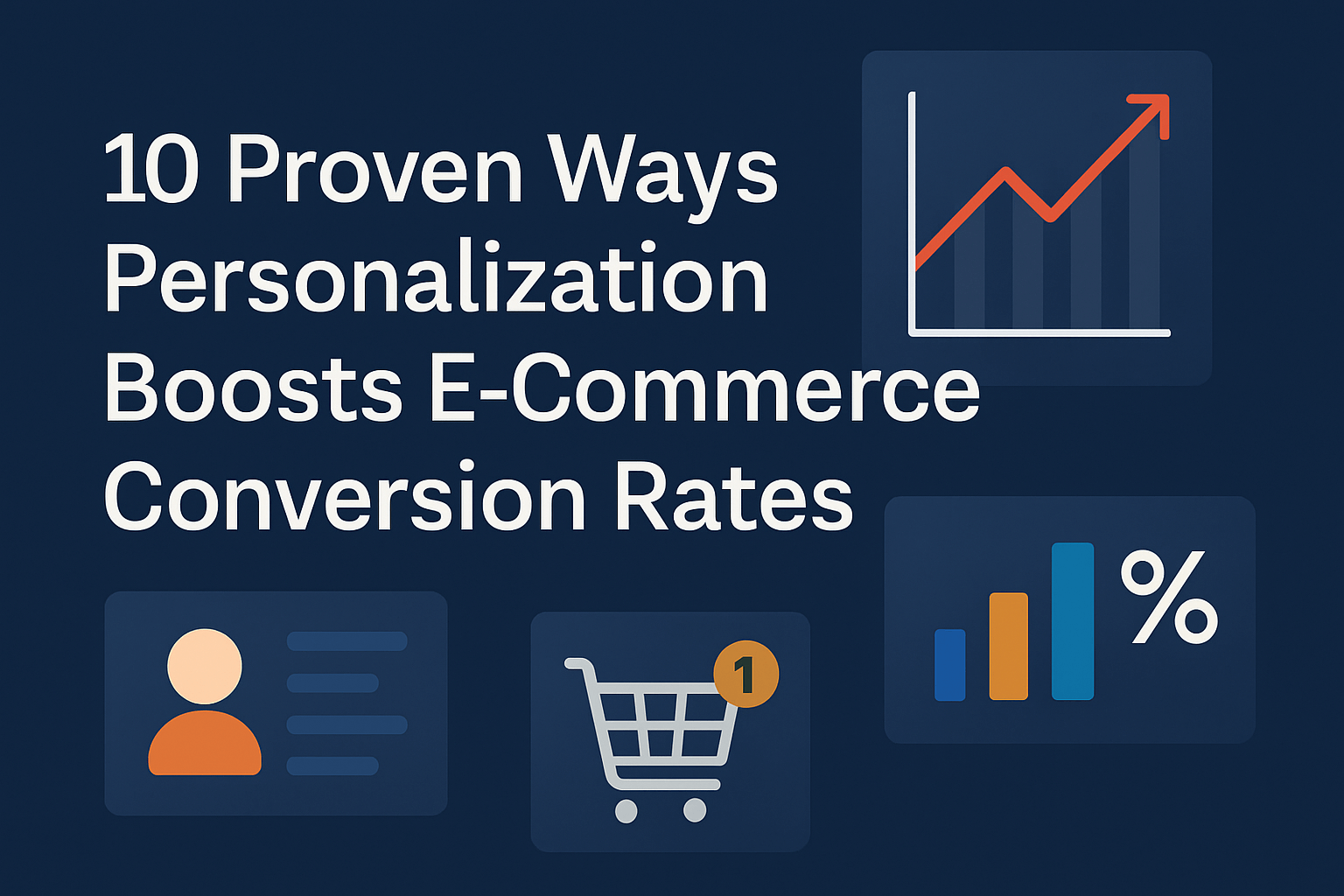
10 Proven Ways Personalization Boosts E-Commerce Conversion Rates
-

How to increase your website sales
-
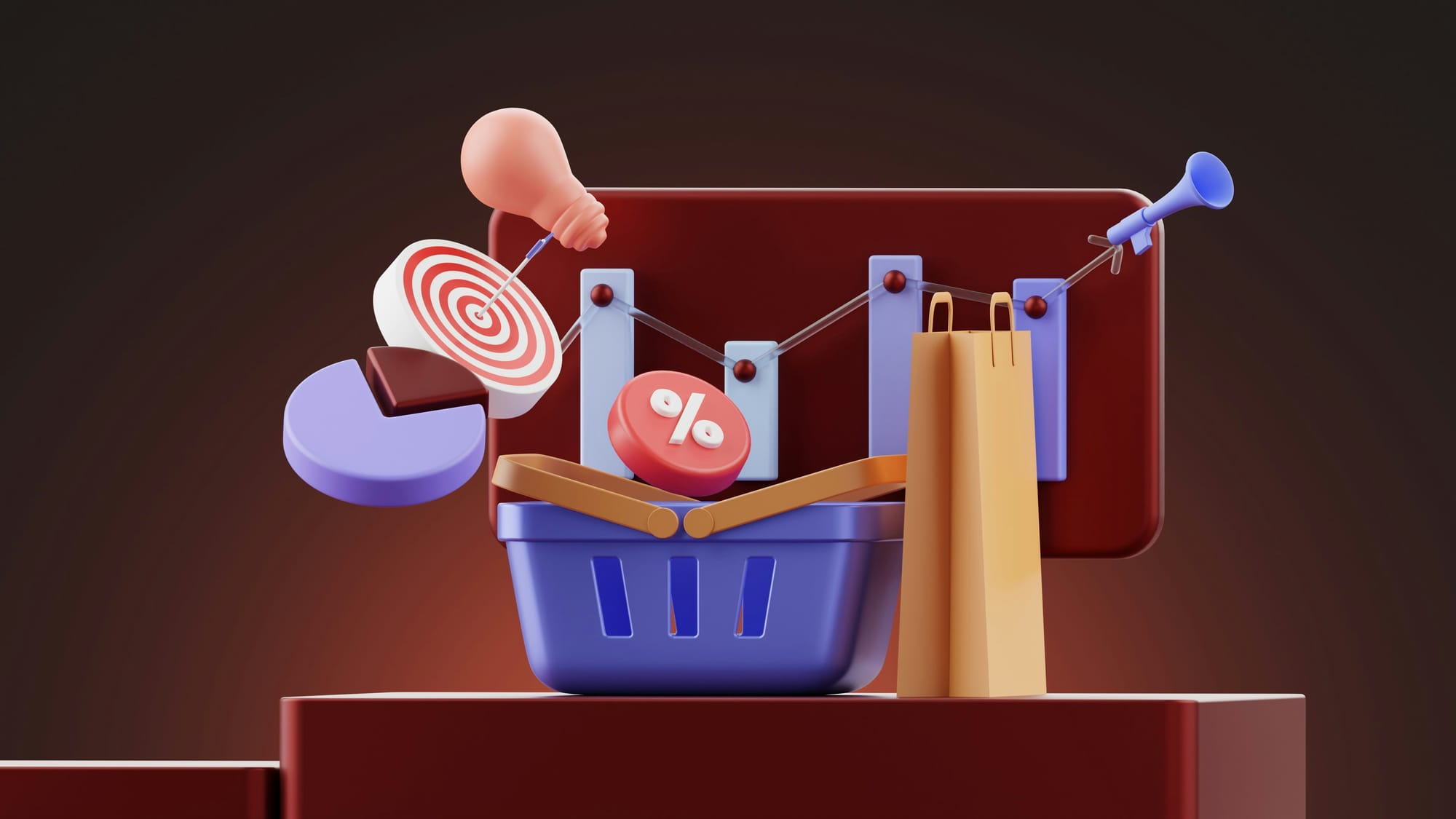
Mastering ecommerce product page optimization
-
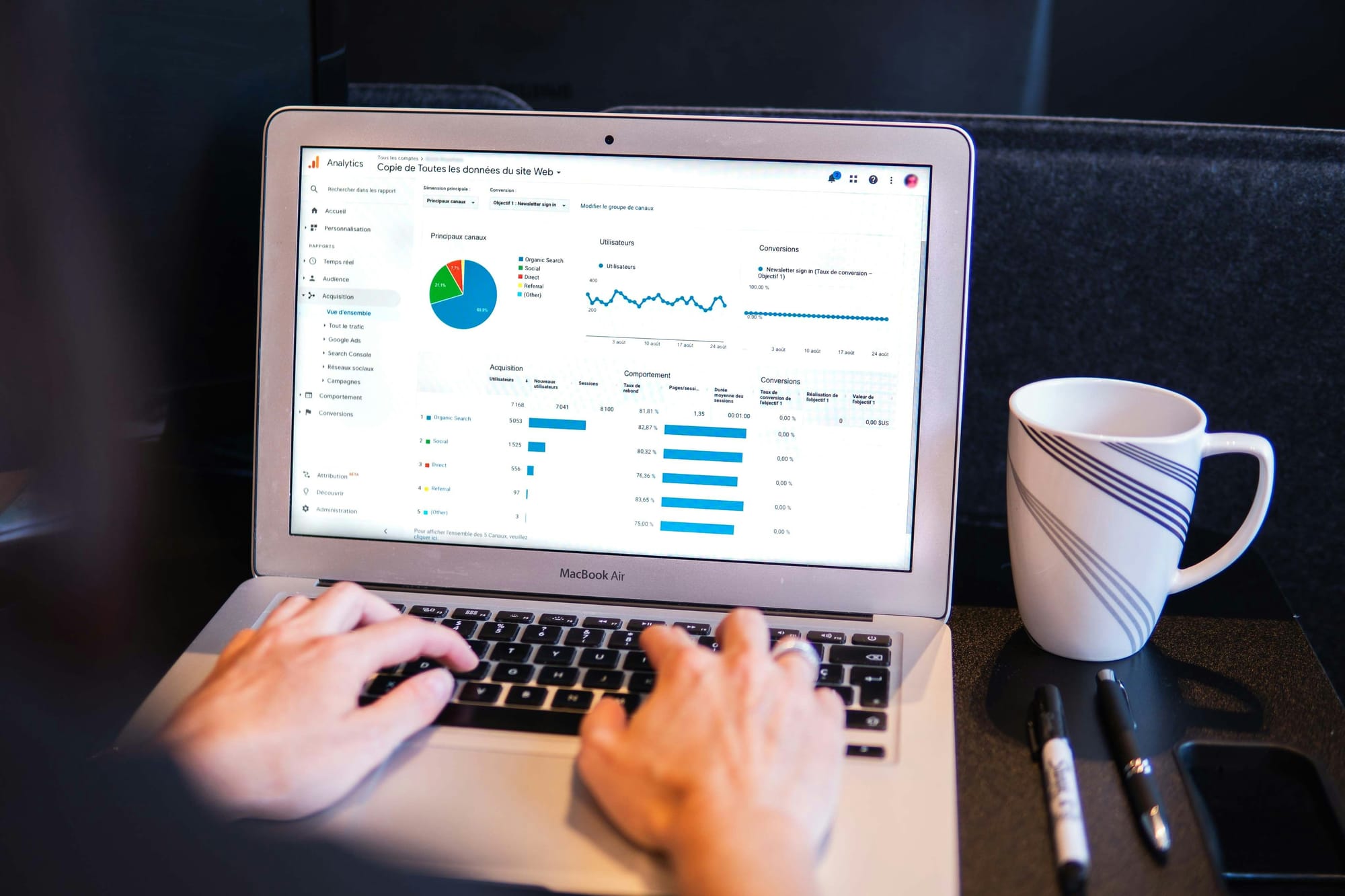
Ecommerce content optimization - strategies to drive conversions
-

Product page SEO best practices
-

Create a winning ecommerce strategy
-

Ecommerce optimization - strategies to boost your online store's performance
-
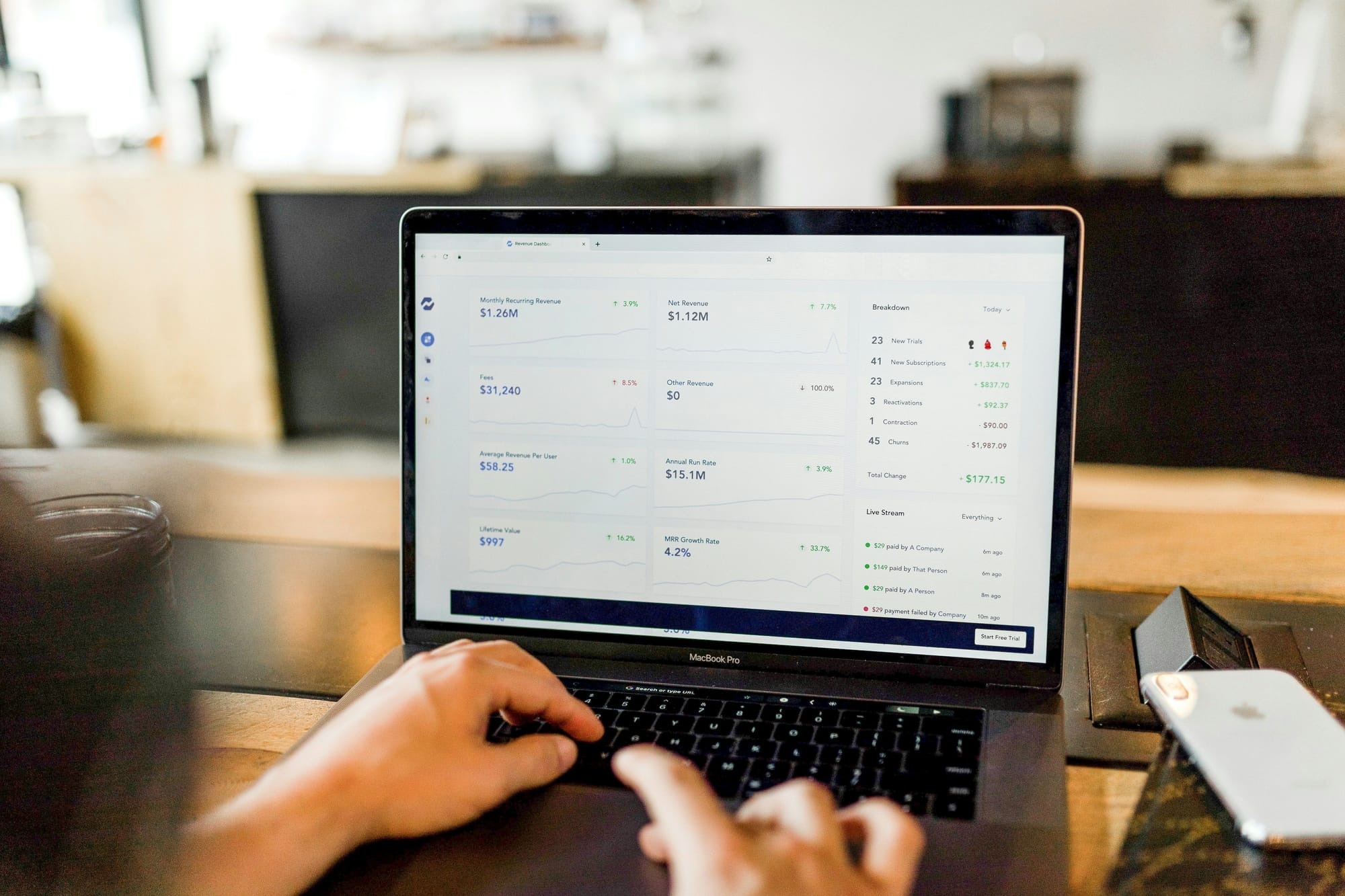
Ecommerce best practices - how to enhance performance, attract customers, and grow sales
-
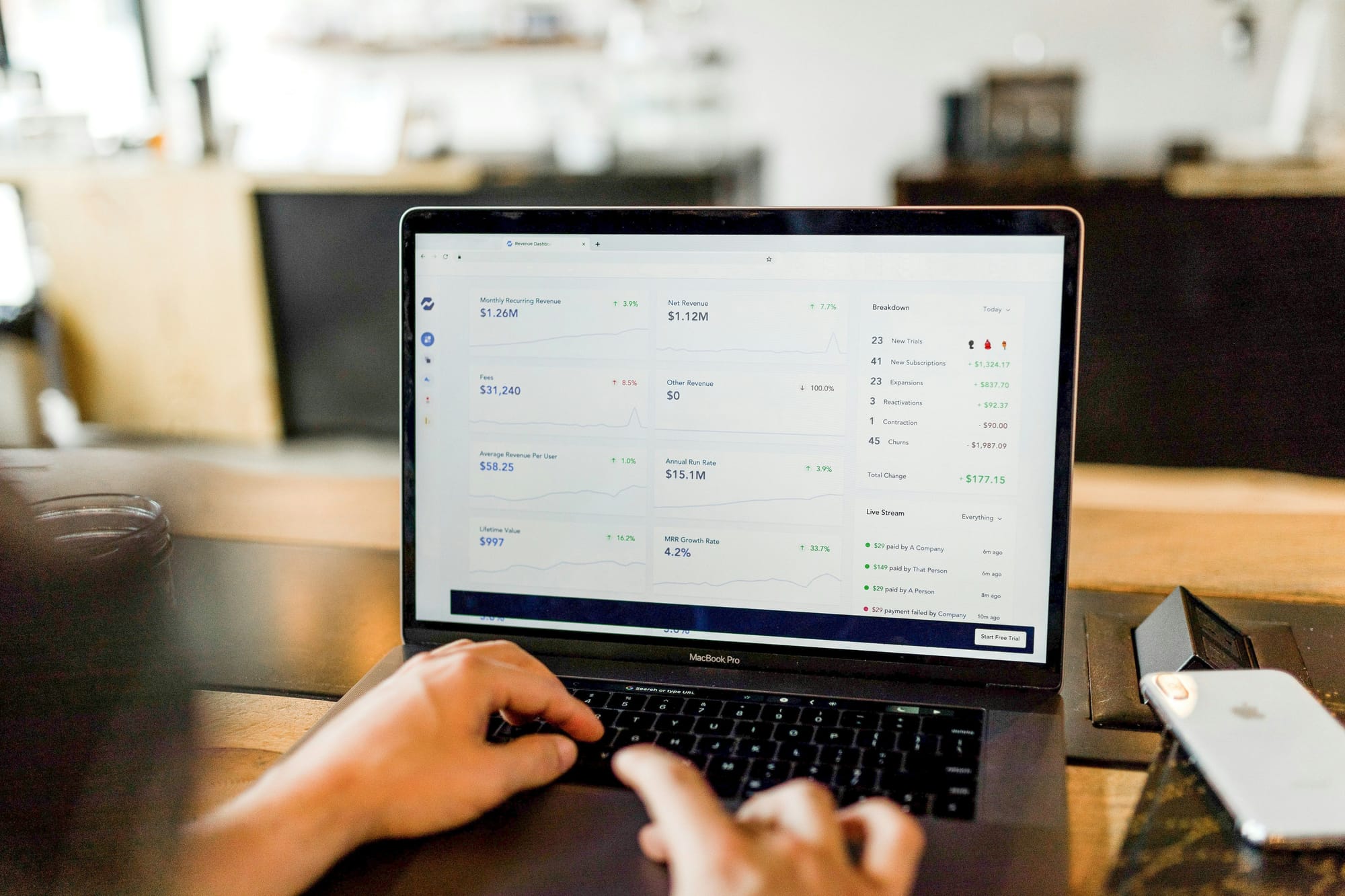
How to increase online sales - proven strategies to boost your business
-

How to market a product online - proven strategies for success

